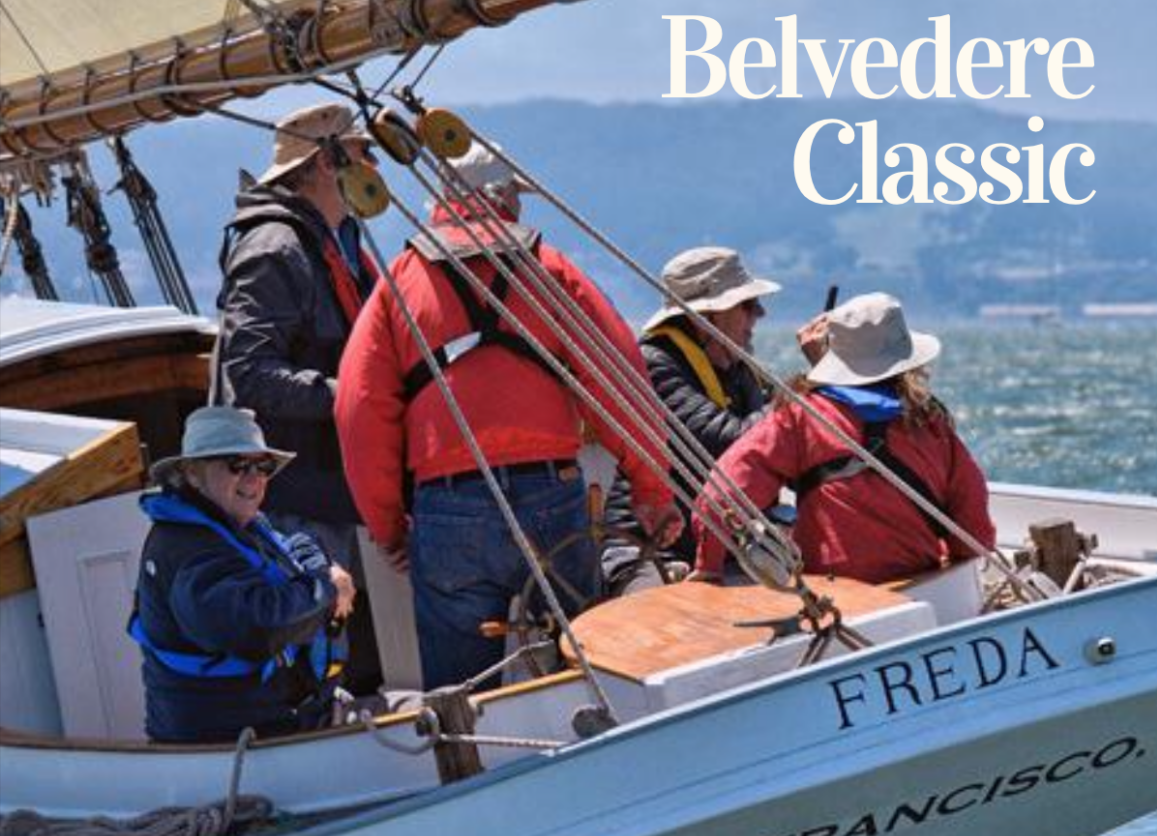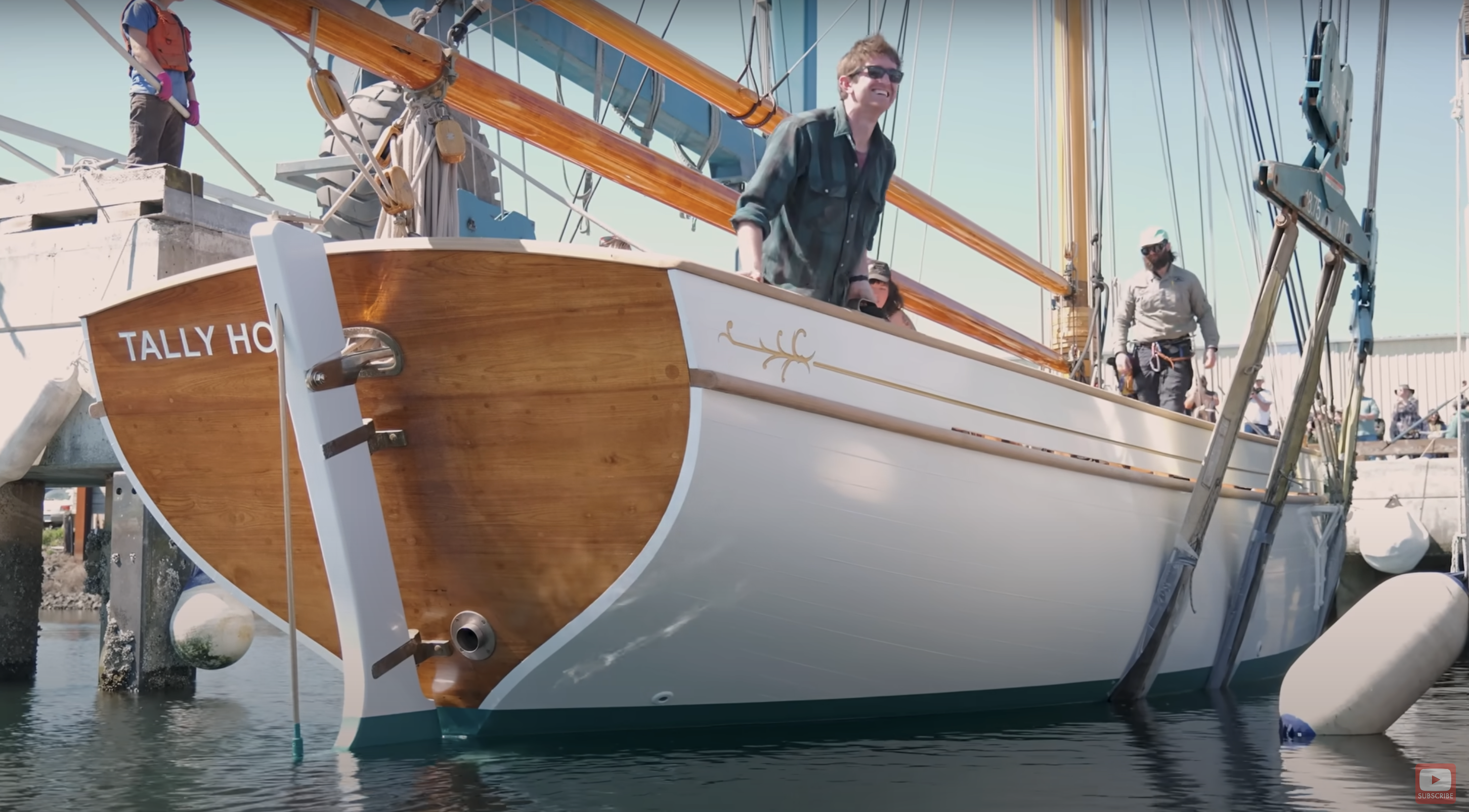The Linear Rating Rule was adopted in 1896 and revised in 1901.
The aim of the Rule was to produce boats that would have a form suitable for the provision of accommodation and thus a continuing life as cruisers after they became outdated as racing craft. The method was to introduce a complex formula,
1st Linear rating Rule 1896-1900
| Rating in feet = |
L + B + 0.75G + 0.5 sqrt S
|
|
|
|
|
2
|
L is lwl,
B is extreme beam
G is a skin girth, waterline to waterline, taken at 60% of lwl
S is sail area
The aim of the girth measurement was to penalise skimming dish and fin and bulb forms, but it was not very successful. Many designers persisted with the forms they had produced under the LSA Rule and accepted the penalties. They were able to do this because the Sail area element in the formula was taxed much less severely than under the LSA Rule. Despite intending to introduce scantling regulations the YRA failed to get a system agreed in time and the Rule produced boats that were very lightly built, over-canvassed and in many respects unsatisfactory. So much so, that the YRA had a second go after only five years experience.
2nd Linear Rating Rule 1901-1906
| Rating in feet = |
L + B + 0.75G + 4d + 0.5 sqrt S
|
|
|
|
|
2.1
|
L is lwl,
B is extreme beam
G is a chain girth, waterline to waterline, taken at 60% of lwl
d is the difference between skin girth and chain girth at 60% of the lwl
S is sail area
The new formula was essentially the same, but introduced a new element, ‘little d’, which was the difference between skin girth and a chain girth at the 60% station. As this measurement was multiplied by 4, its effect on rating was severe. ‘Big G’ was retained, but was now a chain girth measurement, intended to place restrictions on hull depth without requiring a direct measurement of draft. There were still no scantling Rules and the boats were extremely lightly built and short lived. The Yachtsman was scathing.
They were predicted to be more compact, more seaworthy, more comfortable and less expensive than the old boats. In practice they have proved to be over canvassed, wet, hard to steer, expensive to build and maintain, tender and thus poor turning to windward. They are lightly built and their hulls are easily strained. Their rigs are big and vulnerable, but owners would rather see racing postponed or abandoned than reef.
The effect was still clearly not what the Rule makers said they wanted. One anguished correspondent complained that ‘There is no Rule that will dry bedding soaked through gaping seams’. In the season of its introduction there were almost no ‘First Class’ yachts in commission and in 1904 there were none. More importantly four wealthy owners built yachts as fast cruisers, not to YRA rule and following Lloyds Register Yacht scantlings.
Information courtesy of http://www.vmyg.org.uk








